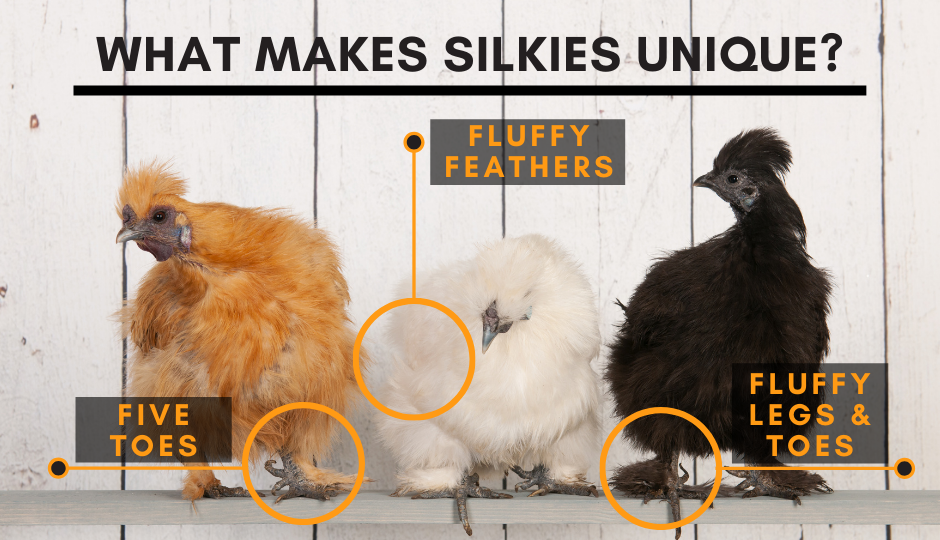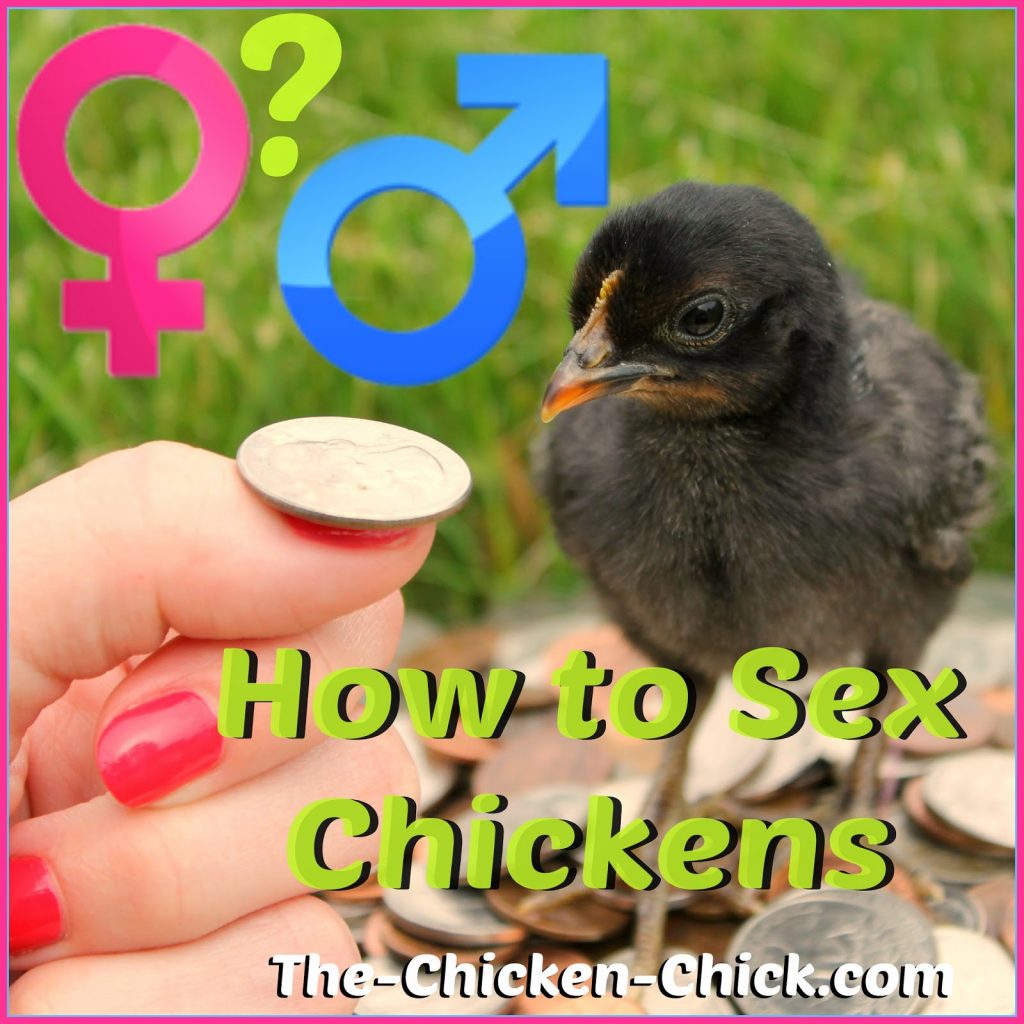


In the US and Canada, silkies are only considered to be bantam. Show breeders take great pride in their silkies, and for good reason–these birds are stunning! There are two main varieties of silkie: bearded and non-bearded, and these can be bantam-sized or large. Temperament: Affectionate, loving, docile.Breed Type: Exhibition, ornamental, and companion birds.Breed Name: Silkie (or Chinese silk chicken).They certainly were novelties– some early Dutch chicken farmers claimed that they were mixed with rabbits! The silkie was recognized as an official breed in North America in 1874. Silkie chickens made their way to Europe by the mid-1800s. Marco Polo even wrote about silkies during his travels to Asia in the late 1200s, describing them as “fowl which have no feathers, but only hair, like a cat’s fur”. Most historians believe that they originated in China, although accounts of similar chickens exist in both India and Indonesia. Silkie chickens have a place in the history books, and they’ve been around a very long time. Can be high maintenance (keeping feathers dry and clean is important).Unique appearance (satin-like feathers, five toes, black skin).If you’re looking for quick answers, here are the high points: Pros It’s easy to see why you might consider a silkie to add to your flock. Silkies are primarily used for exhibitions and as companion animals. They have extra toes and blue-black skin! While fluff is one of the biggest selling points of a silkie, there are other parts of their appearance that make them unique. These feathered pom-poms look more like clouds than birds! Silkies are prized in the show ring for their unique appearance and are treasured as sweet, affectionate pets. Silkies, also known as Chinese silk chickens, are very appropriately named for their fluffy plumage. While smilies don’t lay all that many eggs, they’re the perfect addition to your coop if you’re looking for a friend who will happily greet you each day (while you’re collecting eggs from your other ladies). Incredibly friendly, and with unsurpassed fluffiness, they make the perfect lap thicken. Silkies, on the other hand, are the fluffy poodle of chicken breeds. They’re beautiful, and personable, but they’re not all that fluffy. Once our egg basket was plentifully full, breed choices became more about fluffiness and friendliness.Īt some point, we added Bielefelder roosters to our flock, and those snuggly guys are even friendlier than our hens, and she realized just how friendly chickens can be. At the beginning, it was all about the eggs. At first, she was most excited about chickens that lay colorful eggs, and our egg baskets had all the colors of the rainbow. My daughter is our main chicken tender here on the homestead, and as such, she’s in charge of choosing chicken breeds.


 0 kommentar(er)
0 kommentar(er)
